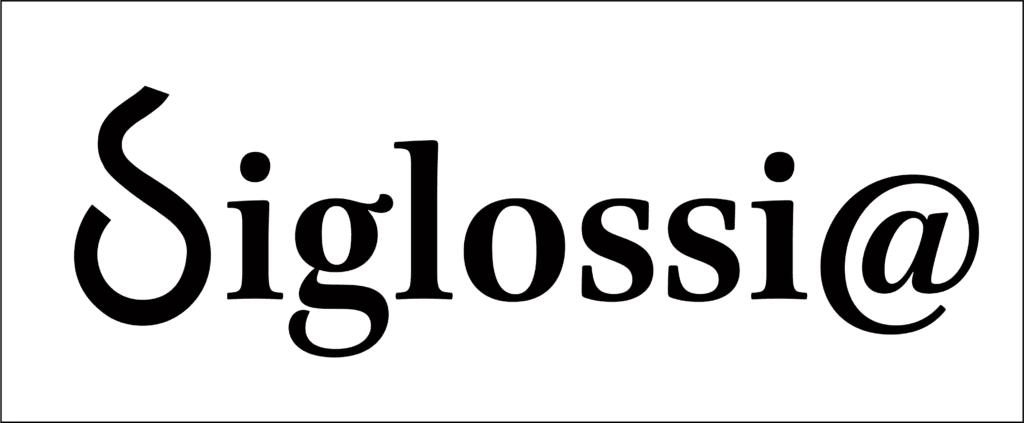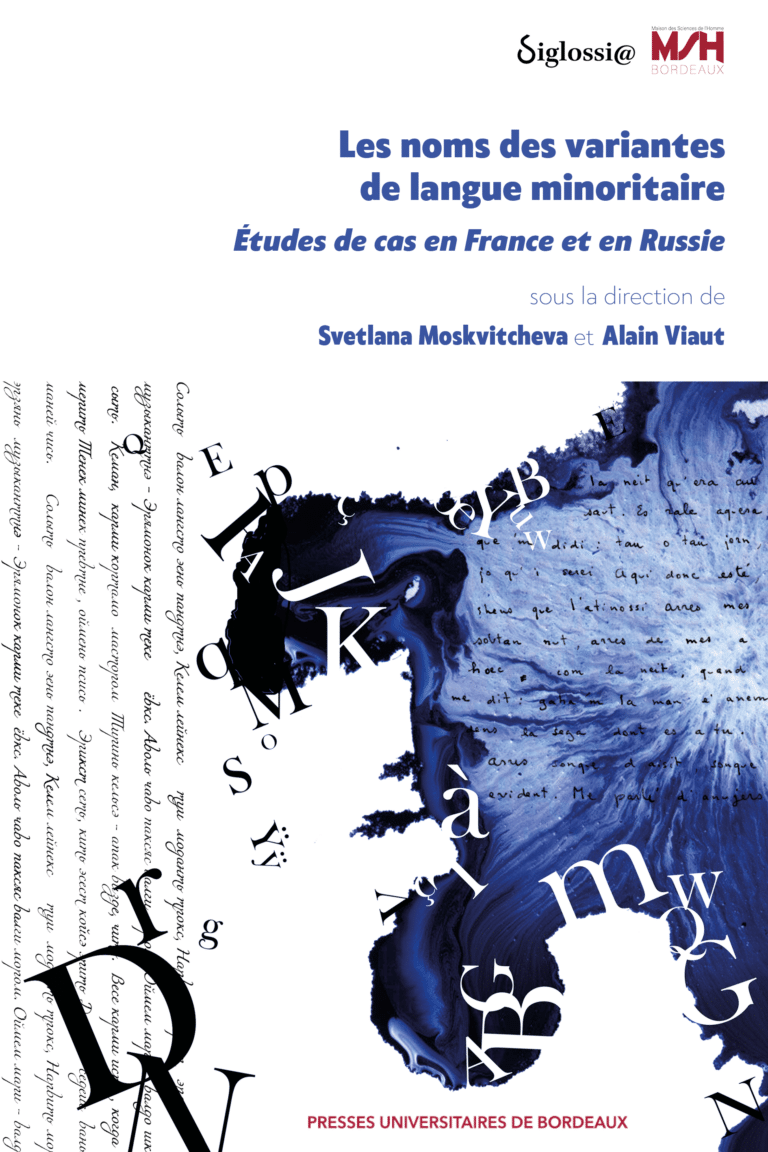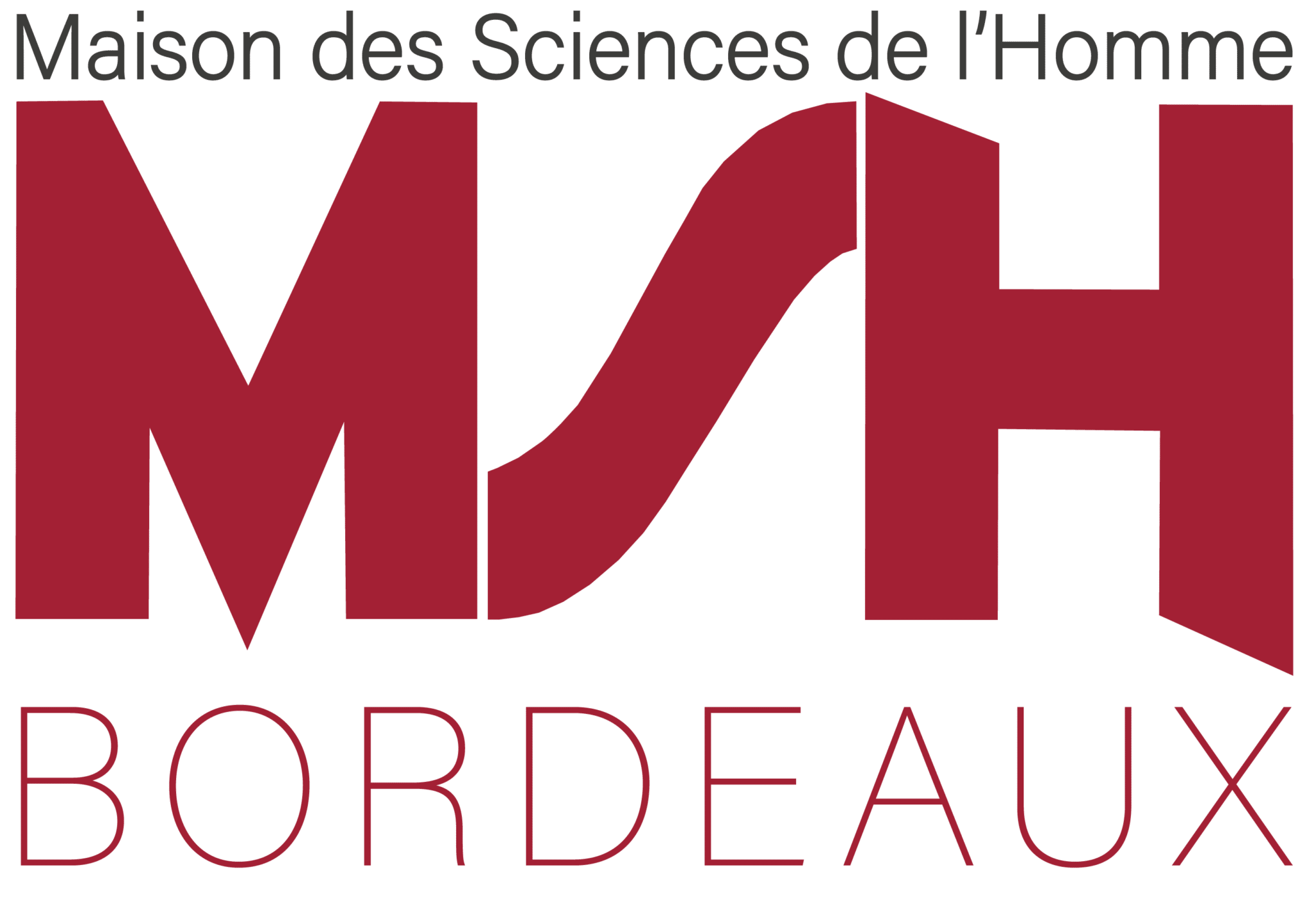Résumé
Ce chapitre présente les résultats d’une étude des représentations et des attitudes par rapport aux variantes (également nommées « idiomes » ici) de la langue tatare sur le territoire de la Moyenne Volga et de l’Oural du Sud (oblast de Tcheliabinsk) à travers leurs glossonymes. La nomination de ces variantes a été proposée comme un stimulus dans les discours et réflexions spontanés des informateurs qui ont servi de base pour identifier les types dominants de représentations et d’attitudes des locuteurs par rapport à leur idiome.
Sur le territoire de la Moyenne Volga, la langue tatare est représentée par deux dialectes principaux : le mishar (mišar) (occidental) et le dialecte de Kazan (central), dont la variante kryashenne (krâšen) fait partie. Le dialecte oriental, répandu principalement en Sibérie, n’est pas pris en compte, alors que l’idiome nagaybak (nagajbak), du sud de l’Oural, a été retenu. Particulier par rapport au mishar, linguistiquement, il est très proche du dialecte central du tatar mais, sociolinguistiquement, il apparaît comme une langue par élaboration (Ausbausprache) distincte.
Le choix de ces variantes ou idiomes est principalement dû à leurs différences selon trois paramètres importants : implantation dispersée, appartenance religieuse (islam/christianisme), proximité ou éloignement de la zone d’implantation traditionnelle par rapport à la République du Tatarstan, centre national de référence au sein de la Fédération de Russie. Sur le plan linguistique, les idiomes étudiés sont proches mais, sur le plan sociolinguistique, ils présentent des configurations distinctes, dues, entre autres, à l’ensemble des facteurs susmentionnés en lien avec les noms qui leur sont donnés.
Pour ce travail, les enquêtes par entretiens ont fourni l’essentiel des matériaux.
Mots clés : langue minoritaire, tatar, mishar, kryashen, nagaybak, configuration sociolinguistique, dynamique sociolinguistique, représentation linguistique, attitude linguistique.
Representations and attitudes in relation to the variant names Mishar, Kryashen and Nagaybak of Tatar language
Abstract
This chapter presents the results of a study of the representations and attitudes in relation to the variants (also called “idioms” here) of the Tatar language in the territory of the Middle Volga and the Southern Urals (Chelyabinsk Oblast) through their glossonyms. The naming of these variants was proposed as a stimulus in the spontaneous speeches and reflections of the informants which served as a basis for identifying the dominant types of representations and attitudes of the speakers in relation to their idioms.
In the territory of the Middle Volga, the Tatar language is represented by two main dialects: Mishar (Western) and the Kazan dialect (Central), of which the Kryashen variant is a part. The Eastern dialect, widespread mainly in Siberia, is not taken into account, while the Nagaybak idiom, from the south of the Urals, has been retained. Particular compared to Mišar, linguistically it is very close to the central dialect of Tatar but, sociolinguistically, it appears as a distinct language by elaboration (Ausbausprache). The choice of these variants or idioms is mainly due to their differences according to three important parameters: dispersed settlement, religious affiliation (Islam/Christianity), proximity or distance from the traditional settlement area in relation to the Republic of Tatarstan, national center of reference within the Russian Federation. On the linguistic level, the idioms studied are similar but, on the sociolinguistic level, they present distinct configurations, due, among other things, to all the factors mentioned above in connection with the names given to them.
For this work, the interview surveys provided the essential materials.
Keywords: minority language, Tatar, Mishar, Kryashen, Nagaybak, sociolinguistic configuration, sociolinguistic dynamics, linguistic representation, linguistic attitude.
Номинации мишарского, кряшенского и нагайбакского вариантов татарского языка: репрезентации и аттитюды
Аннотация
В настоящей статье представлены результаты исследования репрезентаций и аттитюдов по отношению к идиомам татарского языка, находящимся в миноритарной ситуации на территории Среднего Поволжья и Южного Урала (Челябинская область). Исследование строилось вокруг номинации того или иного идиома (стимул для респондентов) и их реакций, которые стали основой для выявления господствующих типов репрезентаций и аттитюдов носителей по отношению к вариантам татарского языка. На Средней Волге татарский язык представлен двумя основными диалектами: мишарским (западный диалект) и казанским (центральный диалект), частью которого является идиом кряшен. Восточный диалект татарского языка распространен преимущественно в Сибири и в данной главе не рассматривается. На Южном Урале объектом исследования стал идиом нагайбаков, с лингвистической точки зрения близкий к центральному диалекту татарского языка, но с социолингвистической точки зрения являющийся отдельным языком и представляющий собой классический случай Ausbausprache.
Выбор этих идиомов в первую очередь обусловлен их различиями по трем наиболее важным параметрам: компактное/дисперсное расселение, исповедуемая носителями идиомов религия (ислам/христианство), близость/удаленность от зоны традиционного расселения и от Республики Татарстан, как центра государственности в рамках Федерации. В структурном лингвистическом плане исследуемые идиомы близки, однако в социолингвистической перспективе они образуют разные конфигурации, обусловленные, в том числе совокупностью вышеприведенных факторов.
Данная работа вписывается в эмпирико-индуктивную методологию, привилегированным методом явился метод исследовательского интервью.
Ключевые слова: Миноритарный язык, татарский язык, татарский языковой континуум, языковая ситуация, социолингвистическая конфигурация, социолингвистическая динамика, языковые репрезентации, языковые аттитюды.





